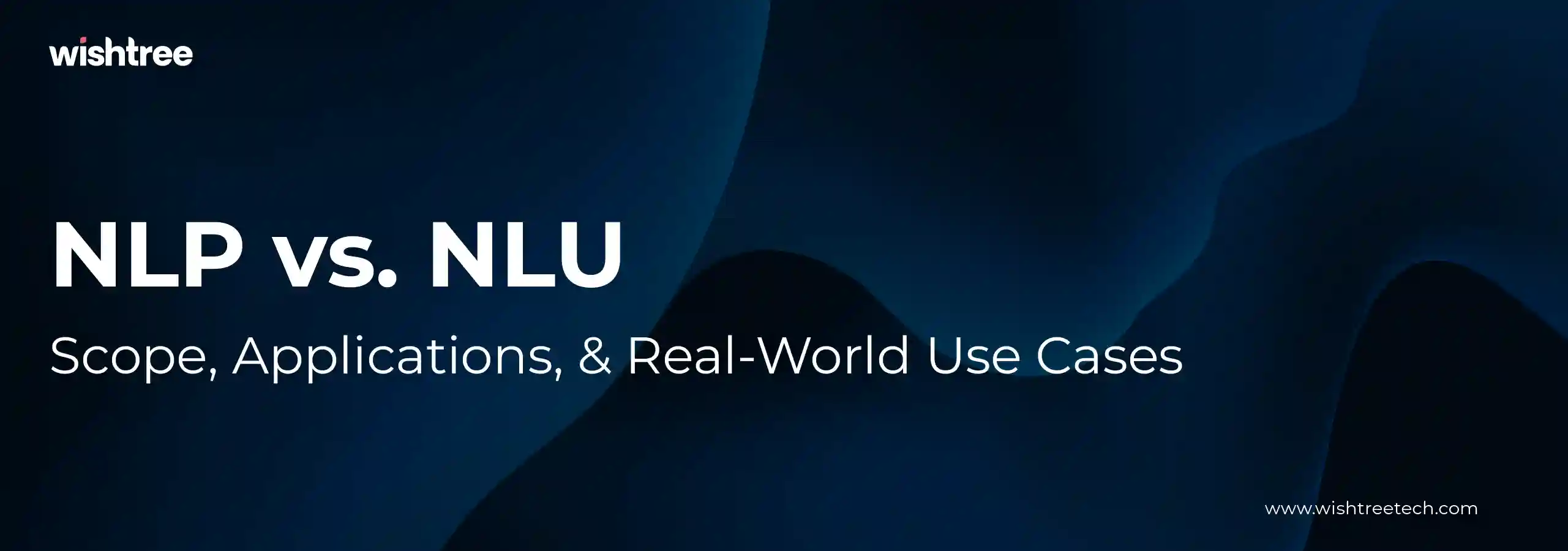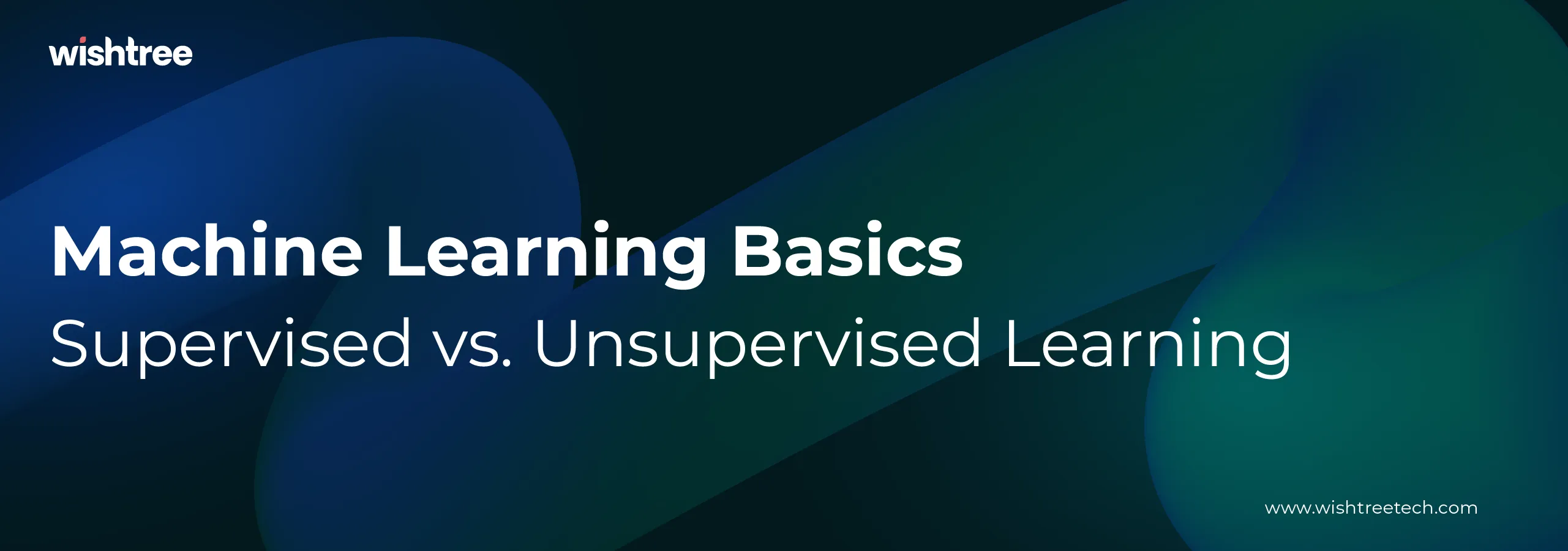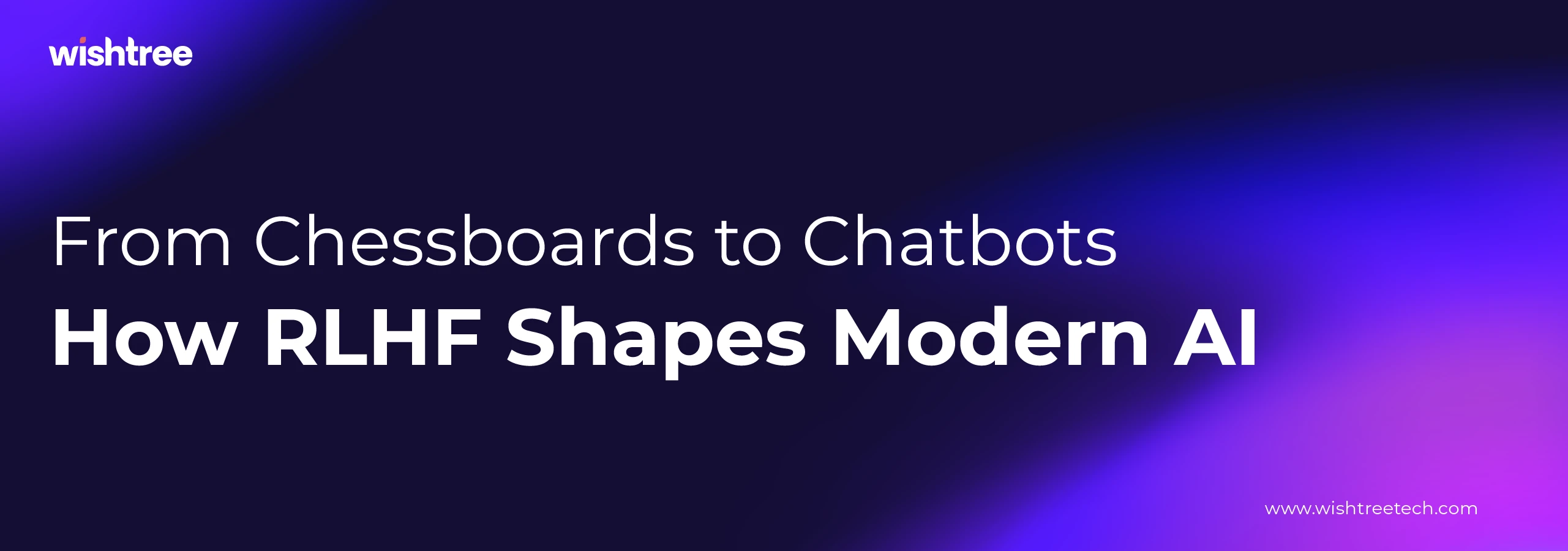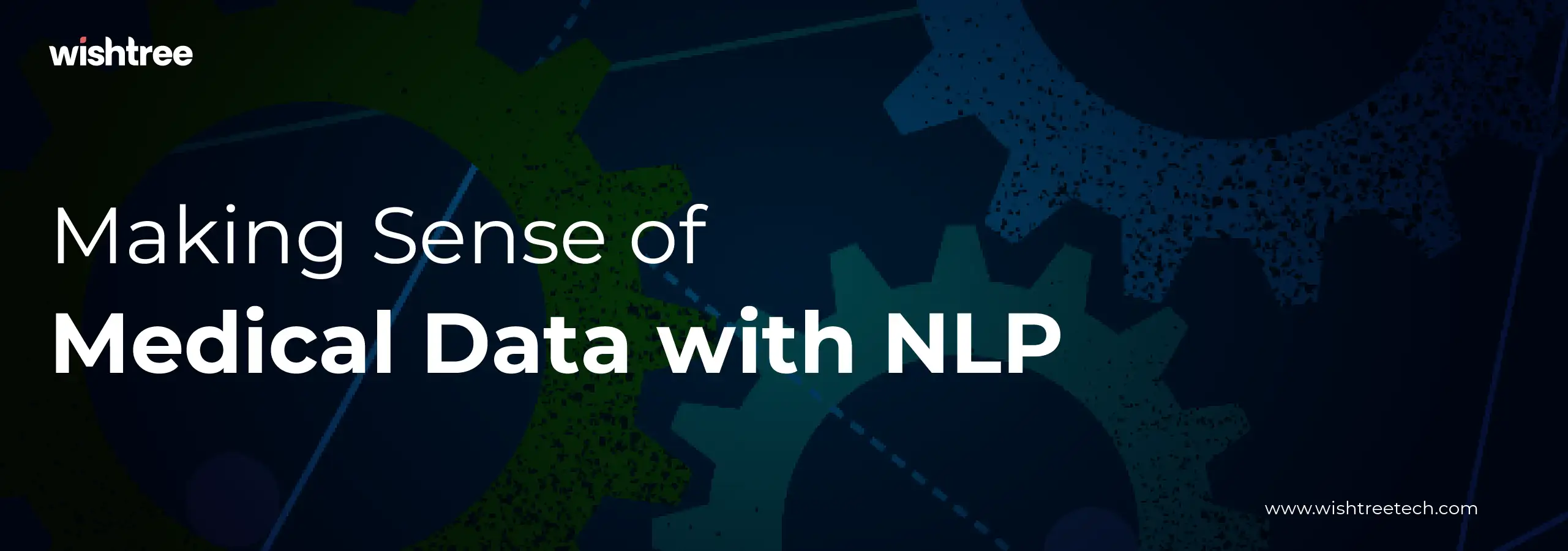Table of Contents
How would you like a world where a language robot, like NLP, automatically redacts personally identifiable information and safeguards confidential data? We are thinking, good!
NLP is indeed a powerful tool for identifying and manipulating the structure of language. But it falls short when it comes to understanding the underlying meaning. This is where NLU, a subset of NLP, comes into play.
The global market for NLP is projected to reach a staggering USD 127.26 billion by 2028.
NLU vs. NLP at a Glance
- Natural Language Processing (NLP): NLP focuses on the ability of computers to understand, interpret, and generate human language. It involves tasks like text classification, sentiment analysis, and machine translation.
- Natural Language Understanding (NLU): NLU is a subset of NLP that deals with the computer’s ability to comprehend the meaning of language, including context, intent, and semantics. It involves tasks like question answering, dialogue systems, and information extraction.
When to Prioritize NLU Over NLP
While both NLU and NLP are valuable tools, the choice of which to prioritize depends on your specific use case.
- Understanding Context and Intent: If your application requires understanding the underlying meaning of text, such as in chatbots or virtual assistants.
- Complex Tasks: For tasks that involve complex language understanding, such as question answering or summarization.
- Accuracy and Precision: NLU can provide more accurate and precise results, especially when dealing with ambiguous or nuanced language.
Unlock the Power of Language: NLU and NLP
Our brains are marvels of language processing, effortlessly deciphering speech and text to understand the world around us. However, like machines, our understanding is limited by our existing knowledge.
Natural Language Processing (NLP) and Natural Language Understanding (NLU) are the keys to empowering machines to comprehend and interact with human language, just as we do.
NLP: The Foundation of Language Processing
The NLP is a fascinating subfield of artificial intelligence, equips computers with the ability to understand and interpret human language.
Thus, NLP techniques like named entity recognition, tokenization, and part-of-speech tagging help machines identify and analyze the context and relationships within text. This enables a wide range of applications, from enhancing customer service through chatbots to revolutionizing healthcare and education.
NLU: The Key to Deeper Understanding
While NLP is the foundation, NLU is the key to unlocking the full potential of language processing. NLU enables computers to grasp the meaning and context of words and phrases. It goes beyond mere syntax to understand the emotional connotations and underlying intent.
Capabilities of NLU Technology
- Multiple Language Support: Able to process and understand text in multiple languages.
- In-Depth Analysis: Able to analyze text at a deeper level, understanding context, sentiment, and intent.
- Rapid Interpretation: Can interpret and respond to text quickly and efficiently.
- Ease of Use: Easy to integrate into existing applications and workflows.
- Automated Actions: can be used to trigger automated actions based on the understanding of natural language text.
Decoding the Inner Workings of Language Technologies
The Algorithms
- Markov Models: Markov models help machines understand words based on their context. This makes them valuable for speech recognition and translation. Markov models improve accuracy and fluency because they consider surrounding words.
- Recurrent Neural Networks (RNNs): RNNs process words sequentially. Thus, they are adept at understanding sentences and predicting conversations. Their ability to handle varying sentence lengths allows them to adapt to diverse language patterns.
- N-Grams: N-grams are groups of words found together in text. They aid in predicting and evaluating responses in applications like spelling correction and machine translation. N-grams contribute to generating coherent and contextually appropriate text because they analyze word sequence probabilities.
The NLP Process: A Step-by-Step Breakdown
- Lexical Analysis: NLP begins by breaking down text into paragraphs, sentences, and words to analyze the structure of words in a language.
- Syntactic Analysis: This step checks grammar and arranges words to ensure correct sentence structure.
- Semantic Analysis: NLP extracts the dictionary meaning from text. It also maps syntactic structures to relevant objects to ensure meaningful content.
- Discourse Integration: NLP considers the context of previous and following sentences to better understand the meaning of the current sentence.
- Pragmatic Analysis: This final step involves interpreting text based on real-world knowledge. Also, understanding aspects of language that go beyond literal meaning.
NLU: How Machines Understand Human Language
Beyond speech recognition, natural language understanding (NLU) employs machine learning models that learn and improve over time. These models analyze language patterns, syntax, context, and even unique definitions to extract meaning from human language.
How NLU Works
- Data Analysis: NLU algorithms analyze data to determine its meaning. They reduce human speech into a structured ontology of semantic and pragmatic definitions. This structured data is essential for efficient storage, organization, and analysis of information.
- Intent Recognition: NLU identifies the user’s sentiment and objective within the input text. Thus, it can establish the meaning of the message.
- Entity Recognition: NLU focuses on identifying entities in a message and extracting crucial information about them. Entities can be named (people, companies, locations) or numeric (numbers, currencies, percentages).
NLU and NLG
Natural language understanding, combined with natural language generation (NLG), creates a comprehensive language processing solution. While NLU interprets human language, NLG generates human-like language from structured or unstructured data.
The algorithms mentioned earlier, such as Markov models, recurrent neural networks, and n-grams, contribute significantly to both NLU and NLG. These algorithms enable machines to generate coherent and contextually relevant text or speech, enhancing the overall effectiveness of language processing systems.
Syntax vs. Semantics
While NLP and NLU work together to process human language, they focus on different aspects. NLP primarily deals with the structure of language (syntax), while NLU focuses on the meaning behind the words (semantics).
Syntax: The Structure of Language
NLP techniques like tokenization, stemming, and parsing break down sentences into their constituent parts. This allows for a detailed analysis of linguistic patterns. This, again, helps identify noun phrases, verb phrases, and other grammatical structures within sentences.
Semantics: Understanding the Meaning
NLU techniques like sentiment analysis and sarcasm detection delve deeper into the meaning of language. They allow machines to decipher the true intent behind words and sentences, even when obscured by idioms or ambiguous phrasing.
A Real-World Example
Consider the sentence: “I’m feeling under the weather today. Do you have any recommendations for a comforting meal?”
- NLP: An NLP system might identify the keywords “under the weather” and “comforting meal” but might not fully understand the underlying meaning or context.
- NLU: An NLU system would recognize the idiom “under the weather” as a reference to feeling unwell. It would then use its understanding of context and human emotions to suggest comforting food options, such as soup, tea, or a warm blanket.
When we combine NLP and NLU, we can create powerful language processing systems that can understand both the structure and meaning of language. This enables applications like chatbots, virtual assistants, and machine translation to communicate and interact with humans in a more natural and meaningful way.
Wishtree Technologies offers expertise in both NLP and NLU, helping you build intelligent language processing solutions that meet your specific needs.
NLU vs. NLP: A Comparative Analysis
While natural language understanding (NLU) and natural language processing (NLP) are often used interchangeably, they have distinct scopes, purposes, and applications.
Scope and Perspective
- NLU: NLU is a narrower concept that focuses on understanding the intent behind the words, the meaning conveyed, and the context in which they are used.
- NLP: NLP is a broader concept that encompasses the ability of machines to understand, process, and generate human language. It focuses on the structure of the language and the words used.
Purpose
- NLU: NLU aims to enable computers to understand instructions provided in human languages and extract meaningful information from text.
- NLP: NLP seeks to make machines understand, process, and generate human language comprehensively.
Applicability
- NLU: NLU is particularly useful for tasks that require deep understanding of text, such as sentiment analysis, question answering, and intent recognition.
- NLP: NLP has a wider range of applications, including machine translation, text summarization, and chatbots.
Phases and Stages
- NLU: NLU typically involves paraphrasing, converting text to other languages, and drawing inferences.
- NLP: NLP encompasses lexical analysis (breaking down text into words), syntactic analysis (analyzing sentence structure), semantic analysis (extracting meaning), discourse integration (considering context), and pragmatic analysis (understanding real-world implications).
Data Processing
- NLU: NLU converts unstructured data (natural language) into structured or meaningful information.
- NLP: NLP converts instructions from natural language into computer language. It also returns information in natural language after processing.
Translation
- NLU: NLU can be used for transcreation, which involves rewriting text to convey the same meaning in a different language while considering cultural nuances.
- NLP: NLP often focuses on word-for-word translation, which may not always capture the intended meaning accurately.
NLU and NLP are complementary technologies that work together to enable machines to understand and interact with human language effectively.
NLU vs. NLP: Real-World Applications
NLP Applications
- Automatic Text Summarizer: Generates concise summaries of input text by discarding irrelevant points.
- Text Classification: Categorizes documents based on their domain, such as spam detection in emails.
- Information Extraction: Proposes automated actions, like adding events to calendars, based on text content.
- Translation: Converts text from one language to another, often using a word-by-word approach for simple phrases.
NLU Applications
- Voicebot Comprehension: Interprets user intent and identifies key conversation elements in voicebots.
- Question Answering & Semantic Parsing: Empowers machines to respond to questions using natural language.
- Sentiment Analysis & Emotion Detection: Detects emotional undertones in opinions and contexts.
- Transcreation: Preserves the original message and intent of a sentence in the target language. It adjusts phrases or reinterpretations as needed.
Common Use Cases
- Speech Recognition: Interprets human speech for voice assistants like Siri and Alexa.
- Machine Translation: Converts text between languages.
- Chatbots: Enables natural and intuitive interactions between users and software.
NLU and NLP Working Together
While NLU and NLP have their individual strengths, their true power lies in their combined use.
Consider a chatbot.
While a basic chatbot can be developed using NLP alone, a more sophisticated and contextually aware assistant requires NLU.
NLU enables the assistant to grasp the intent behind each user utterance. This, then, ensures appropriate responses and creating a more natural-sounding conversation.
When you combine NLU and NLP, you can:
- Create more human-like interactions: Deliver personalized experiences that resonate with customers.
- Improve customer satisfaction: Provide accurate and relevant responses to customer inquiries.
- Drive innovation: Unlock new opportunities and stay ahead of the competition.
Step into the Future of Language Processing with Wishtree
As AI and machine learning continue to advance, the importance of NLP and NLU will only grow. However, navigating the complexities of these technologies can be challenging. This is where Wishtree’s expertise can help.
Wishtree’s AI and machine learning development services can assist you in:
- Understanding the nuances of NLP and NLU
- Developing and implementing effective language processing solutions
- Overcoming the challenges associated with natural language processing
Don’t miss out on the opportunities that NLP and NLU can bring to your business. Embrace the power of language processing today – book a call with us NOW!



